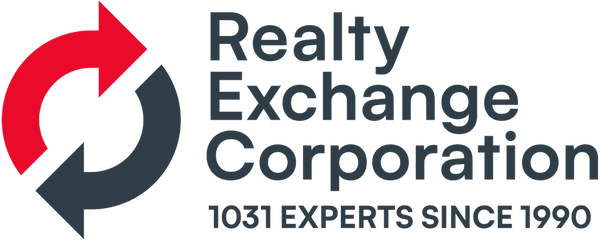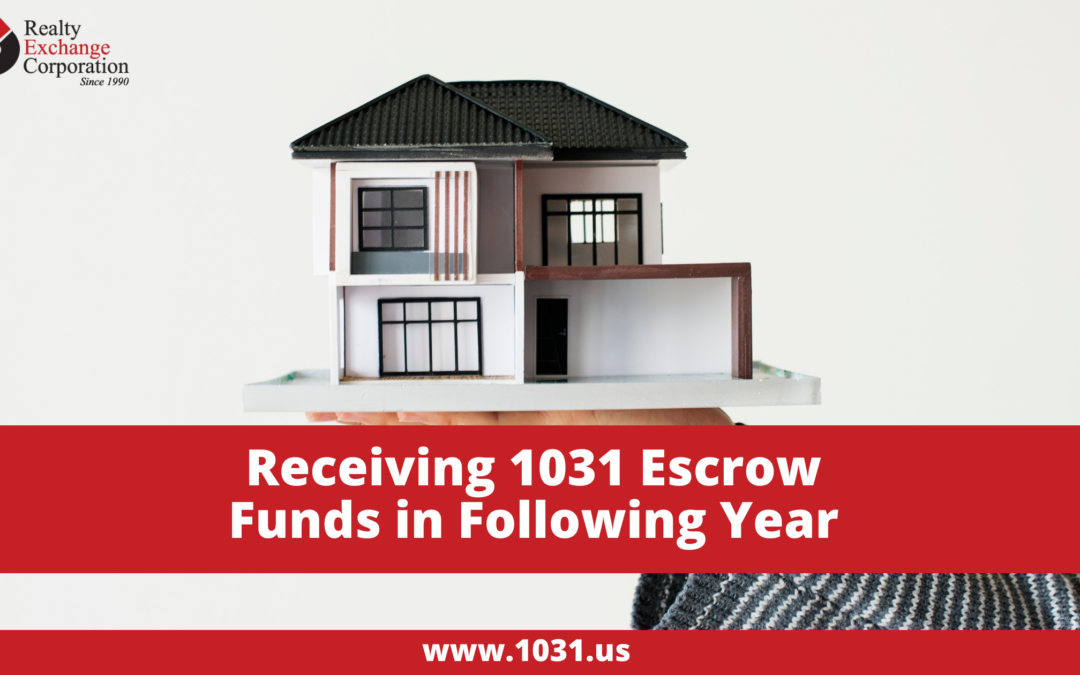The IRS 1031 regulation (§1.1031(k)-1(j)) provides that if an exchanger receives 1031 escrow funds from the qualified intermediary at the end of the exchange, or if the exchanger had a bona fide intent to do an exchange but does not complete the exchange by receiving a replacement property, then the gain on cash received will be reported for the tax year in which the exchanger actually receives the cash from the qualified intermediary.
Example of receiving 1031 escrow funds in the following year:
The exchanger relinquishes a debt free property on December 15, 2023, for $400,000. After expenses, the qualified intermediary receives $380,000 in 1031 escrow funds and places it in a qualified escrow account. The exchanger identifies a single replacement property and goes to settlement on the purchase on March 30, 2024. However, the exchanger only uses $300,000 of the 1031 escrow funds in escrow to purchase the replacement property. Following settlement, the qualified intermediary returns to the exchanger $80,000 (cash boot). The exchange is still reported on the Form 8824 for 2023 – the year of the relinquished sale. The cash boot, the 1031 escrow funds, received in 2024 will be included on Line 20 on IRS form 8824, but not carried forward to Line 22. The cash received in 2024 may be reported as an installment sale on IRS Form 6252.
Even if the exchanger does not complete the exchange by obtaining a replacement property – but there was a bona fide intent to exchange – then the gain may still be reported on an installment basis for the tax year the cash was received from the qualified intermediary. See IRS Publication 537, Installment Sales, for more details. An exchanger will have the choice to pay the taxes on the boot on the 2023 tax return or on the 2024 tax return.

